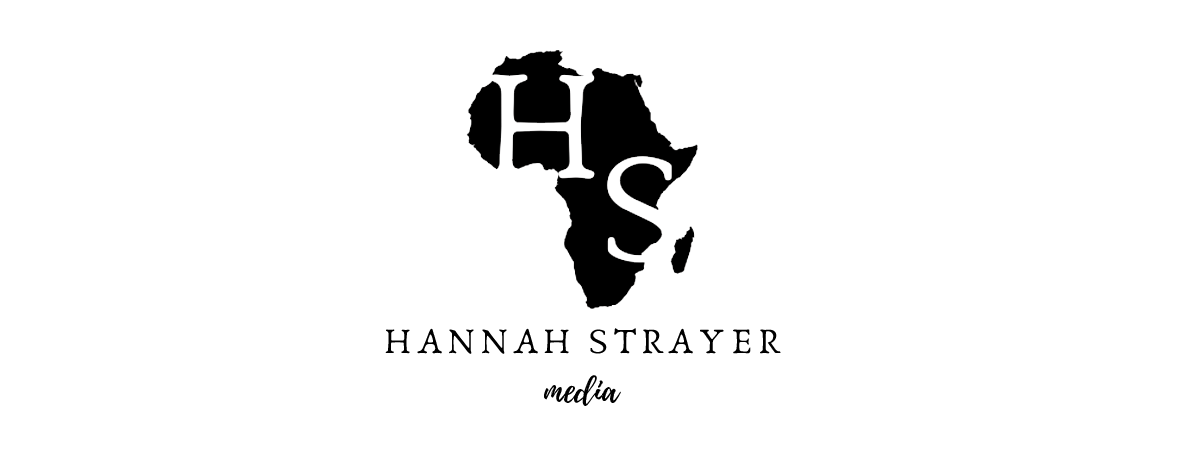Color with Nature
The leaves of the indigo plant produce a blue liquid when crushed.
The seeds of the achiote plant produce red-orange dye.
Teak leaves contain anthocyanin which produces a brown or red color.
Nature has its own incredible color palette!
Expedit (Ex-peh-dee) leads tours through his village to the waterfalls. Along the way he introduces new plants to each group and shows them how color can be extracted. First, he crushes the green leaves of an indigo plant. In order to show how it can be used as paint, he begins to draw on someone’s arm. Next, he splits the velcro-like outer shell of the achiote plant and tells of its tomato flavor, brilliant hue, and uses for cooking. Further down the road he breaks off a teak leaf from its tree and grinds it in his hand producing a reddish-brown liquid. With each new color, he increases the detail and definition of the painting he began.
Thinking about the colors produced from leaves and seeds one can make connections to the biblical account of a woman who was also a natural artist: Lydia of Thyatira (Acts 16). Lydia was a dyer of purple cloth. Today, westerners in particular do not realize the significance or even the difficulty of this woman’s work. She took a dye and changed the colors of materials that were naturally gray or brown or white. Specifically, she dyed cloth purple. Purple was expensive and often only purchased by the wealthy. This was mostly because of how the color purple had to be manufactured.
Lydia had to harvest large quantities of the thing that allowed her dye cloth purple. Expedit demonstrates how difficult it can be to get enough natural color from a plant or other natural item. He uses several handfuls of indigo leaves to make enough blue paint to create the base of his painting. He cuts a palm sized rectangle of bark from a tree to extract from its underside the rich Madagascar yellow. Wetting a stone, he rubs several different rocks on the wet area creating varying shades of browns and reds. What “material” did Lydia have to harvest much of to produce her purple dye? Snails! Thousands and thousands of marine snails would be collected in order to produce a rich, vibrant purple.
Missionary, Kristy Moore says that living in Africa has really brought the Bible to life for her. As a westerner, she is farther removed from the more eastern concepts and ideas often spoken of in Scripture. But she now understands concepts and illustrations that she has read time and time again in a whole new light just as a result of experiencing life in Africa. The fresh perspective she has when studying her Bible can be attributed to things as “small” as watching Expedit paint something with his natural paints on someone’s arm.
And arms are not the only things on which Expedit paints. To support his wife and children, Expedit now uses his knowledge of botany to do more than just demonstrate the wonders of nature. Expedit has a large, gorgeous portfolio of work on canvas. Visitors can purchase these paintings (and he uses the same method of harvesting natural colors to create his paintings) for themselves.
Hannah Strayer is a missionary using media on the field to communicate stories of need with others God may be calling to help resolve them. You can learn more about her or begin partnering with her today! You can also follow her on social media (just scroll to the very bottom of this page!)
Kristy Moore and her husband Rory are school administrators in Togo, West Africa for Village of Light School for the Blind. If you would like to give a gift or begin partnering with them, you can do so here. Follow them on Facebook or Instagram. You can also email them at rkmoore@abwe.cc












